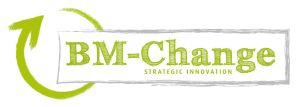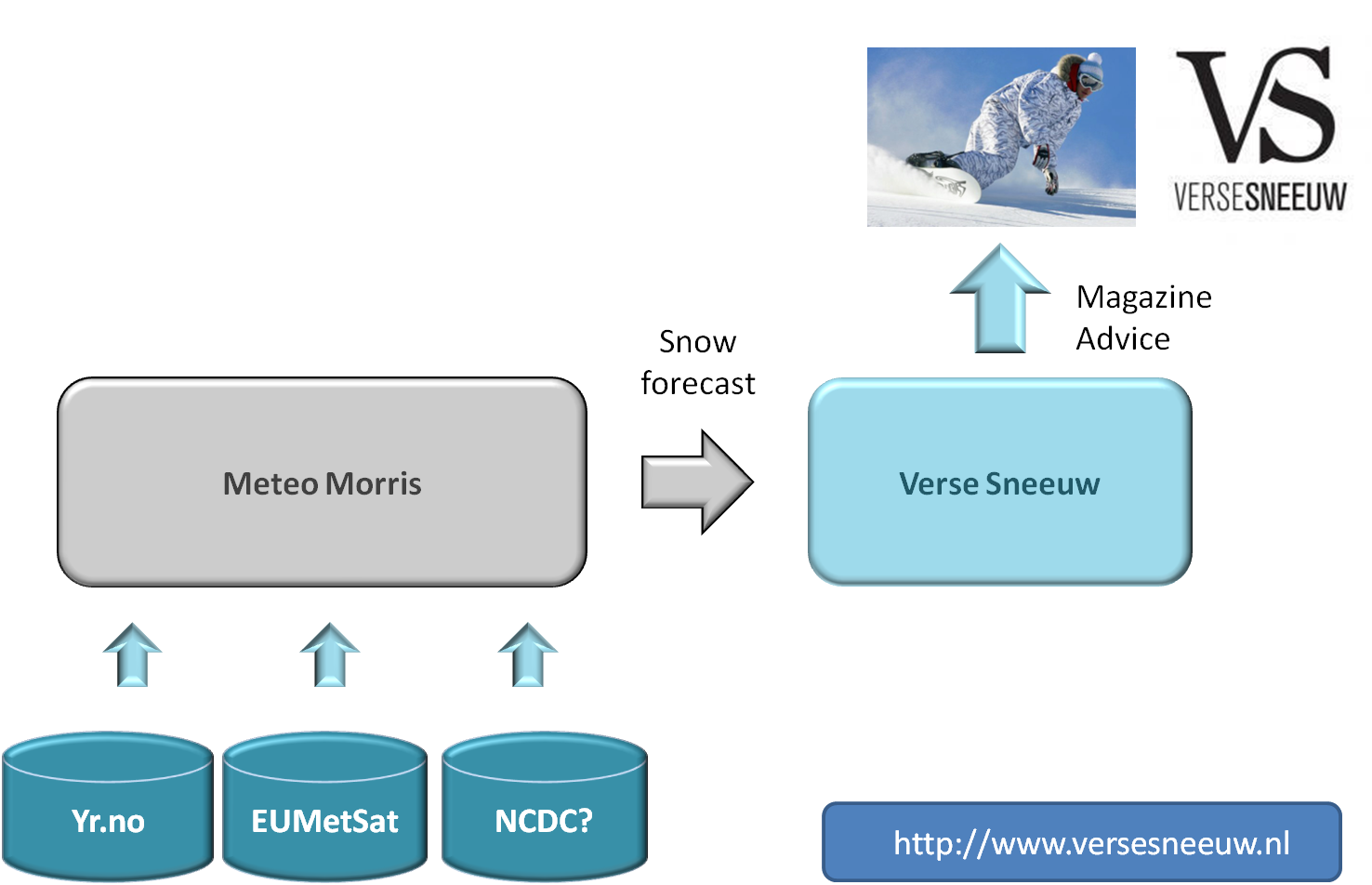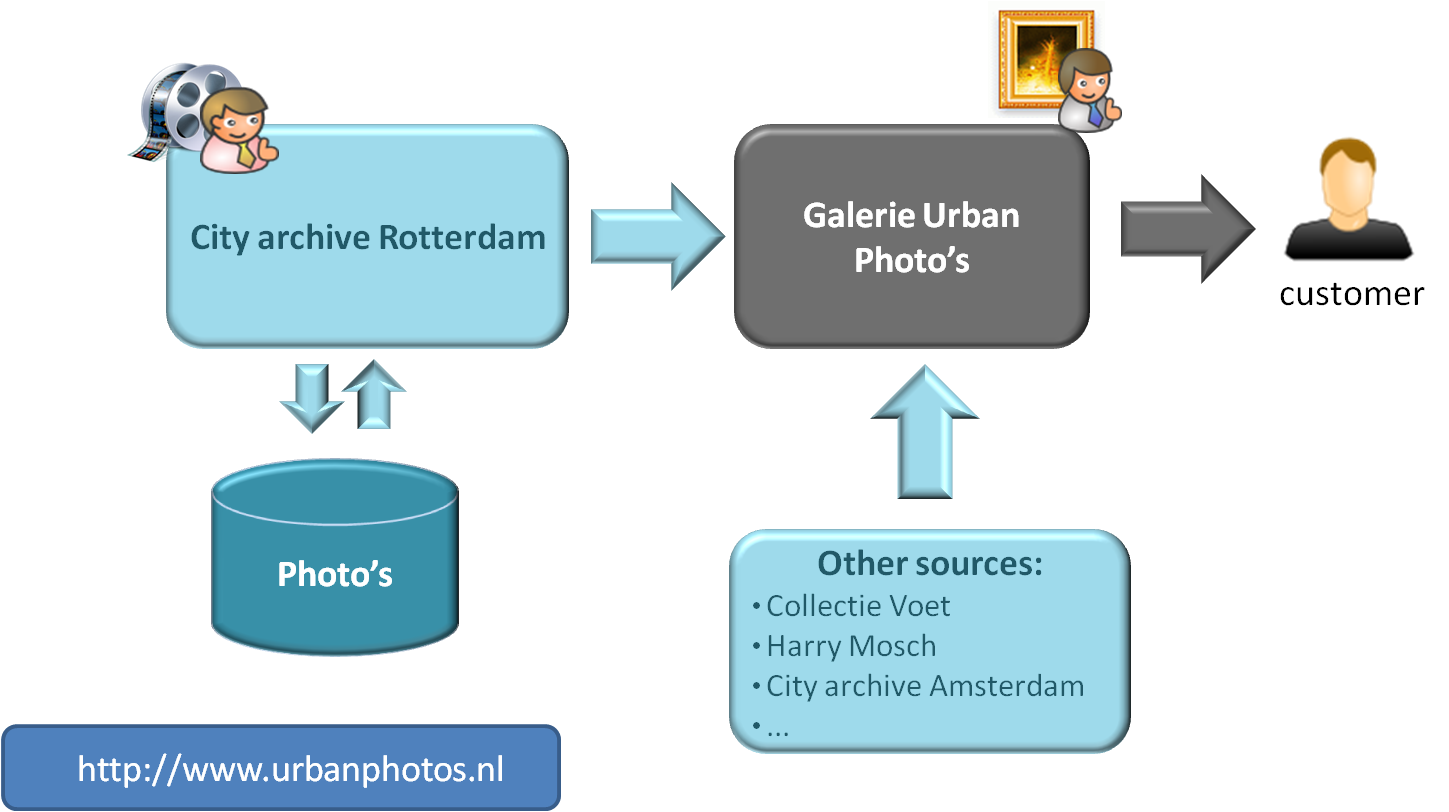 Open Data is often linked to public sector information but it also covers private sector data that has been made publically available at (near) zero costs. For companies Open Data can be a commodity which, unlike minerals and oil, is available in unlimited quantities. Already companies generate revenues with products and services created with Open Data. The question is how they can keep their business sustainable when the suppliers of this data don’t consider themselves suppliers.
Open Data is often linked to public sector information but it also covers private sector data that has been made publically available at (near) zero costs. For companies Open Data can be a commodity which, unlike minerals and oil, is available in unlimited quantities. Already companies generate revenues with products and services created with Open Data. The question is how they can keep their business sustainable when the suppliers of this data don’t consider themselves suppliers.
From agriculture to cultural heritage
Portals like data.gov.uk or datamarket.com provide access to hundreds of thousands different datasets, covering a broad range of topics such as agriculture, crime, economy or sports. Since governments decided that the way forward is to open up their archives. More recently, also businesses are investigating the potential benefits of publishing data that previously was considered confidential, often combined with crowd sourcing initiatives. And when stretching the definition of Open Data a bit further, also the mass amounts of data generated by the users of the various social media applications, can be considered Open Data as well.
Framed photos and powder snow
Two examples of companies that have created business by making use of open data are Verse Sneeuw (US: wePowder.com) and Urban Photo Gallery. Verse Sneeuw provides skiers and snowboard fanatics with detailed 5-day forecasts for the best places to ski. They base their forecasts on open data from various weather related sources like EUMetSat and Yr.no combined with a self developed prediction algorithm.
Urban Photo Gallery has a more straightforward business model. Through their website they sell printed (high quality) and framed copies of photo’s originating from various public archives. Public archives offer the photo’s for a price based on marginal costs.
Value drivers
The project “Nederland opent Data” investigates how value can be created with Open Data. By analysing a small set of Open Data based services they derived the following list of value drivers:
- Sensing – The measuring, collecting and storing of data.
- Analysis – Analysis of datasets and enrichment with metadata
- Publishing – Making data available to organizations and individuals outside the organization who collected the data.
- Aggregating – Aggregating logical sets of data sources or applications and structuring unstructured data in order to make it easier to find specific data sources or applications
- Enriching – Adding value to data enhancing and facilitating its use and effectiveness for the user
- Recommending – Adding value to data and facilitating its use and effectiveness for the specific context of a specific user. The difference with enriching is the personalization.
Urban Photo Gallery is an example of “Enriching” and Verse Sneeuw is an example of “Recommending”. Kevin Kelly has created a great overview of generative values for data based on elements that cannot be copied. In this overview Urban Photo Gallery is an example of “Embodiment” and Verse Sneeuw an example of “Accessibility”.
Can you trust your supplier of Open Data?
What both companies have in common is that do not rely on a single open dataset. If one source of data for whatever reason becomes unavailable, their business model does not collapse. Because that is of course one of the main risks with using Open Data: How trustworthy is the supplier? You don’t want your business model to be valid only until the next elections. In a presentation at ECP-EPN Verse Sneeuw founder Maurice Mommen stated that the most important aspects of Open Data for his business where:
• Transparency about the quality of data
• Transparency about the delivery of data
• Clear pricing agreements
• Reliable supplier of data
Public organisations will have to figure out how to deal with such requirements before businesses can really benefit from Open Data.



What are your thoughts on how a good UX provide these companies added value for data that their clients can also access themselves?
Any tips on where to start looking for open datasets?
I believe that UX is one of the key areas where companies can add value. Its true that the data is accessible for everyone but don’t forget that often data is offered in its rawest form, in some machine readable format with an api for developers. The first applications making use of open data only visualised the data in order to enable people to understand what sort of information can be retrieved from it. Visualisation was the value they added to the data.
Still that is basically what every application does, transforming data into information, transforming information into knowledge etc. The added value is in the transformation of data or information into new information that maps on a particular demand of your clients. When you are able to address the clients issue, question or problem adequately, the client will feel less urgency to look after the data itself. And a good UX is certainly one of the key differentiators.
Many governments have created portals where you can search through the public datasets that are available. See for example:
Netherlands: data.overheid.nl
UK: data.gov.uk
US: data.gov
There are also companies that aggregate and visualise data for you, see for example Datamarket.